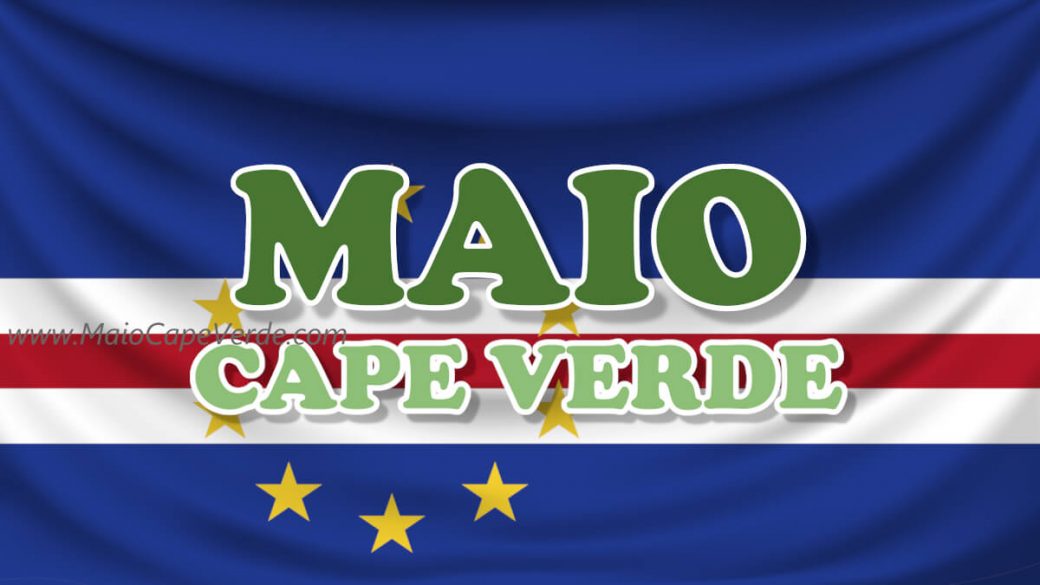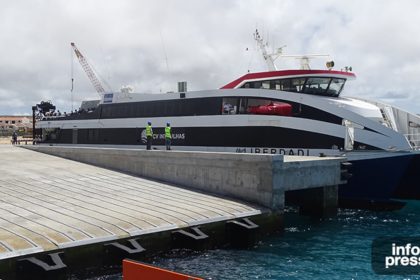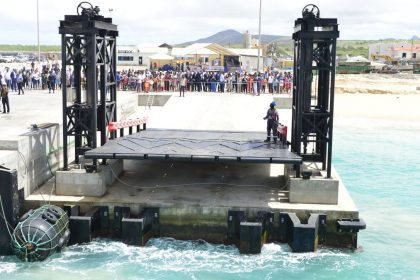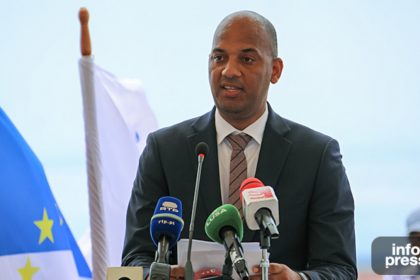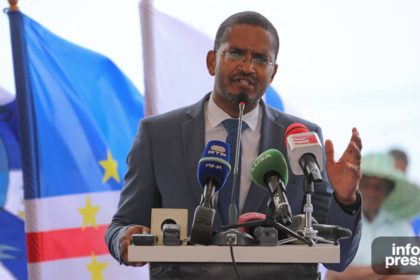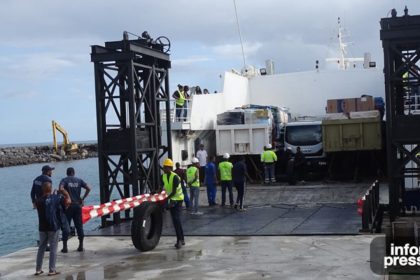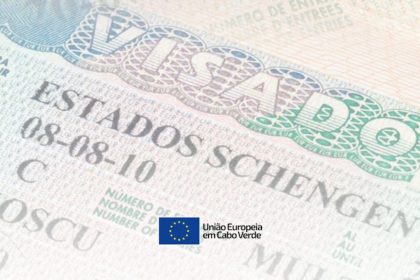Much has been said and written about tourism and much will be said and written. And for many years. Without proving numbers, many have accused successive Cape Verde governments of promoting “tourism monoculture”.
So-called “experts” have called for the development of other sectors, in order to reduce the weight of tourism in our economy! Some have criticized the “sun & beach” product! Others, impatient, have accused governments of developing tourism only on the islands of Sal and Boavista. Demagogues and primaries (almost racist) have criticized the fact that Europe is our main, if not the only issuing market. All of this is easy to criticise because it does not imply any responsibility. Talking does not cost. But doing it differently and better is a challenge that cannot be solved with declarations, nor with a simple snap of the fingers.
Tourism as a universal economic activity is recent, dating from the post-World War II period (see Expresso das Ilhas, edition nº1007 of 17 March, page 8-9). In Cape Verde, it is still much more recent, dating from the beginning of this century. Therefore, it is only 20 years old. It is clear that the youth of our tourism cannot and should not justify us making the same mistakes that other pioneer countries have made. To do this, learning from the experience of others must serve.
Let’s look at the reality of our economy:
In 1990, the primary sector (agriculture, livestock, and artisanal fishing) represented 17% of our economy. The secondary sector (extractive and manufacturing industries) accounted for 30% and the tertiary sector accounted for 53%, where tourism (strictly sense) accounted for only 1.38%. In 2000, the weight of the primary sector decreased to 16%, that of industry also decreased to 29% and that of services increased to 55%. Therefore, even during the 1990s, there was a retraction in the primary and secondary sectors. On the other hand, that of services has gained a slight weight in the structure of the national economy. It was the beginning of the modernization of the Cape Verdean economy.
But the real revolution in the Cape Verdean economy began to take place precisely in this century, when the first hotel investments started in the second half of the 1990s, began to bear fruit and the massive advent of FDI, whose historic peak was reached in the period 2005-2008, consolidated this transformation.
The primary sector in Cape Verde is extremely random and has two major limits: insufficient arable land and water scarcity. Despite all the investments made in the training and organization of producers, in the construction of dams, and water retention dikes, the growth potential of agriculture in Cape Verde is limited. In fact, in 2019, as a result of successive droughts, the weight of this sector in our economy contracted, to represent only 6%. And compared to 1990, its absolute value represented an increase of only 2.38 times. Even in the good agricultural years from 2005 to 2015, its value was not high and it did not leverage our economy. It just kept the rural world lively and closed in on itself. Furthermore, to my knowledge, in the modern world, there is no big or small country that is developed, and that agriculture has an important weight in its GDP, or in the occupation of its labor force. The trend of modern economies is for the weight of agriculture to be around 5% and the absorption of the labor force to be also at that level. In any case, it must be below 10%.
Many demand industrialization. It is true that there is a lot of natural space for the industrialization of African countries, but not Cape Verde. African countries export various agricultural and mineral products that could and should undergo a certain degree of transformation there, creating more jobs, more income for people, and more wealth for the country. Unfortunately, their governments and elites have been content to consolidate a parasitic status, that is, to live off the income from exports of products with little or no added value. Cape Verde is not in this group and should not pretend to be there, because it is not an exporter of any important local product. The industrialization of Cape Verde would involve the existence of a highly qualified workforce, combined with foreign capital, able to import raw materials and semi-finished products and re-export processed products. Easy to say, but very difficult to do. At least, to date, we have not achieved this. If it is true that the secondary sector of Cape Verde grew steadily, in absolute terms, having increased 5.28 times between 1990 and 2019, in that same period, its weight in the national economy decreased from 30% to 23%. Also, all those who follow the world economy, know that this is, inevitably, the universal trend. The time will come when the weight of industry in the economies of China, India, Turkey, or Brazil will also decrease. If it is true that the secondary sector of Cape Verde grew steadily, in absolute terms, having increased 5.28 times between 1990 and 2019, in that same period, its weight in the national economy decreased from 30% to 23%. Also, all those who follow the world economy, know that this is, inevitably, the universal trend. The time will come when the weight of industry in the economies of China, India, Turkey, or Brazil will also decrease. If it is true that the secondary sector of Cape Verde grew steadily, in absolute terms, having increased 5.28 times between 1990 and 2019, in that same period, its weight in the national economy decreased from 30% to 23%. Also, all those who follow the world economy, know that this is, inevitably, the universal trend. The time will come when the weight of industry in the economies of China, India, Turkey, or Brazil will also decrease.
Therefore, following the global trend, the service sector is the only one whose weight in the structure of the Cape Verdean national economy has increased significantly, having gone from 53% of GDP in 1990 to 72% in 2019. This is the natural trend of modern development for all the countries. The education and acquisition of new scientific and technological knowledge, which are increasingly elaborated / sophisticated, lead to an increase in labor productivity, the direct effect of which is to free labor from the primary and secondary sectors and transfer them to the tertiary, culture and leisure. Anyone who says otherwise is because they have not yet understood the fundamentals of modern economics or development in general.
In summary, the picture is as follows: from 1990 to 2019, our economy increased, in nominal terms, by 7.08 times. Agriculture had a very erratic variation (with ups and downs). The highest value was, in 2015, 14,432,000,000 CVE (10% of GDP) to fall and, in 2019, represent only 6% of GDP or only 2.38 times the value of 1990. The industry increased 5.28 times, in terms of nominal value. The service sector increased 9.66 times. It was the sector that grew the most and boosted global growth.
Tourism, strict sense (hotels and restaurants) increased 43.24 times, in nominal value. No other economic activity has performed as well in Cape Verde. If we consider tourism in a broad sense, its weight in our economy went from 2.9% in 2003 to 23% in 2019. Without the leverage of tourism, without its multiplier effect on the rest of the economy, we would not have reached the level we reached in December 2019 and we would not have the reserves or pillows we had to manage the current pandemic period.
Every day we hear about the need to diversify our economy, the development of new information technologies, the green economy, the blue economy, etc., etc.
I believe that many sectors have room for growth and must develop. But some necessarily go faster than others and some even succumb over time. I emphasize that we have great potential to develop in the maritime economy sector. If we think about the strategy with an open mind and universal vision, with professional competence and ambition, surely we will be able to create a platform of maritime services in the Middle Atlantic that can bring us good results. In fact, in the past, Cape Verde had this function and lost it due to the then colonial power. But, no illusions. If our objective is economic growth and also job creation, we must be very clear that the modern sectors of the economy, in general, are not labor-intensive. Only tourism disproves this rule. A hotel development, restaurant, bar, etc., the more labor-intensive it is, the more luxurious it is. Therefore, tourism, in addition to contributing to state revenues and the formation of GDP, creates more direct jobs per unit of investment that dynamize and stabilise the economy. Thus, any government that is in power in Cape Verde, without detracting from other sectors, should continue to privilege tourism as the driving force of our economy. And let it be very clear that we are not the only ones in the world, looking at tourism as a sector that creates jobs and stimulates the economy. European countries receive about 51% of the world’s tourists, Asia Pacific receives 25%, North America receives 15% and Africa receives only 5%. Therefore, it is clear that most tourists come to developed countries for their holidays. In the last year before the pandemic, the five countries that received the most tourists in the world were France with 89.4 million, followed by Spain with 83.5 million, USA – 79.3 million, China-65.7 million, and Italy with 64.5 million. No African country is part of the top 10.
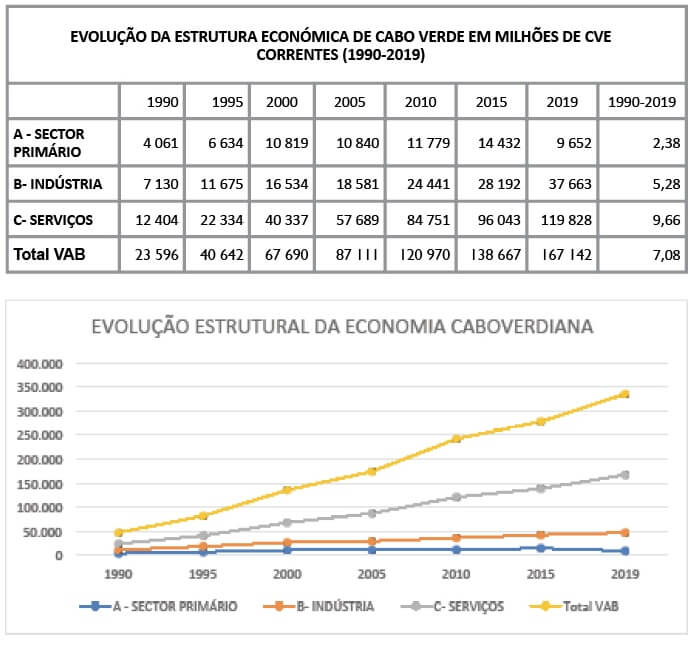
To better illustrate the lightness of the monoculture thesis, we bring here the example of the Canaries. This Autonomous Region of Spain and a member of Macaronesia has a more developed Agriculture than Cape Verde. It has a health sector more developed than Cape Verde. It has a more developed Maritime Economy sector than Cape Verde. In fact, it constitutes a true maritime platform in the Middle Atlantic. It has a much more developed Education and Training sector than Cape Verde. For this reason, its Tourism is more developed and has a greater weight in its economy (33%) than Turismo de Cabo Verde. So we should stop this parody of tourism monoculture. We must concentrate on creating tourism with increasing added value and greater integration of the rest of the economy and greater social and economic inclusion.
The problem of the tourist product arises. What do we have to offer in the world tourist market, in order to provoke people’s interest? There is already an open pandora box, where consensus is not easy. There are people in Cape Verde who, out of demagogy and / or ignorance, claim that even dry streams or dams, or even certain harsh landscapes, are tourist products. About 52% of tourists in the world, travel in search of leisure. I consider that, among the leisure products that we can offer in a competitive way, in the first place, there is “sol & praia”. Far away, then come the other products. Let us have no illusions. We will not have crowds of tourists visiting Cape Verde, because of our mountains, the volcano, the protected areas, etc. These products are satellite niches that we must develop in quantity and quality, but Cape Verde’s main attraction is “sol & praia”.
With “sun & beach” as the most desirable tourist product, it is clear that investors and hoteliers have a preference for islands with better beaches. To contest or criticize the fact that the islands of Sal and Boavista were the first to attract foreign private investment and subsequently tourists is a great injustice and little seriousness. Or we are facing a great ignorance about the motivations of tourists. We have the island of Maio, which is already in the sights of investors, as well as the island of S. Vicente, where a boom is expected in the next 10-15 years. Possibly, the S. Vicente / Santo Antão axis will cause the second revolution in tourism in Cape Verde. There, it will be possible to bring together 4 strands: “sun & beach”, as a base and three major complementary by-products: “cultural-urban”, “nautical-sports” and “mountaineering”.
Another question that arises is where can tourists come from, looking for the products that we can offer with some competitiveness? So what should our issuing market be? At an international conference in 2014, held in Praia, someone said: “Europe is already old, Cape Verde must turn to Africa, whose population is young, as our future emitting market”. This declaration fell on the room like the lifeblood bomb and the whole room, with the exception of me and the former BCV Governor, Carlos Burgo, stood up to applaud such a “discovery”. It turns out, however, that Africa accounts for only 3% of the tourist-emitting market, while Europe represents about 52% of the world market. For the sake of distribution arithmetic, I ask where it will be easier to compete, when do we have the conditions? Add to that, the need to confirm if the few tourists who leave Africa look for what we have, or better if we have what they are looking for. Let us be serious and “racism apart”, we are condemned to have Europe as our dominant source market.
The problem that arises is what kind of tourists to bring? First, we have to expand the space of demand, which has been limited to Western Europe, within a 5-6 hour flight time and to a social layer with low purchasing power. To access other markets, we must be able to expand the promotion in more distant European markets. Here we are faced with the question of the capacity of our airports to receive long-haul flights that normally take place with larger capacity planes. Fortunately, it appears that Boavista’s PDM foresees a new airport. The challenges remain at the airports of Praia and S. Vicente. To this, we must add, the issue of the quality of our product and the niche that we must attract. Should we continue to focus only on the quantity, one million tourists, 2-3 million, but with low purchasing power?
It has been proclaimed that in the post-pandemic, tourism should change and have a content with greater environmental sustainability, greater cultural interaction with the local population, have a greater impact on the national economy, and allow greater integration of this economy, in the supply of goods and services. As a result, tourism with greater purchasing power is expected, which implies having a higher added value and more competitive offer. For this purpose, many measures, in terms of spatial planning (low land occupation, low altimetry, increase in green spaces, conservation, and beautification of points of tourist interest) must be rigorously implemented. In order to reach tourists with high purchasing power looking for “sun & beach”, we must deeply change the criteria for pre-analyzing investment projects,
The integration of the population in tourism implies a housing policy different from the one we have had. This is not a social problem, but an eminently economic one. Public authorities must devise an economic solution in the context of expanding their tourist assets, in an uncomplicated, transparent manner that guarantees the dignity of the people working in the sector. In other words, the expansion of the housing stock of the working population in the tourism sector must be part of the cost of new investments. Nothing to create ghettos of the workers of this or that hotel group, nor of dependency relations between the employment contract and the rental of housing.
The ministry of tourism must have its powers increased and an active and centralized parent role in the process of acceptance and approval of any new product that will integrate our tourism offer and be able to have a listing with the technical definition of the quality of the buildings and the standard of the product that should be allowed to be launched on the market. Only then will we begin the shift to high value-added tourism with the greatest impact on the economy and people.
Finally, I recommend: “the parties that have already governed or govern Cape Verde should not feel guilty about the high weight of tourism in our economy, nor about our main emitting market being Europe. Parties that want to get closer to power must be very clear that there are no miracles in the economy. We have to rely on existing factors or create others that can have a real and non-fantasy impact ”.
Therefore, I conclude: “in the Cape Verdean economy, the alternative to tourism is tourism. The alternative to Europe as an outbound market is Europe ”.
“Na economia caboverdiana, a alternativa ao turismo é o turismo” “Em termos de mercado emissor a alternativa à europa é a europa” – Expresso das Ilhas
